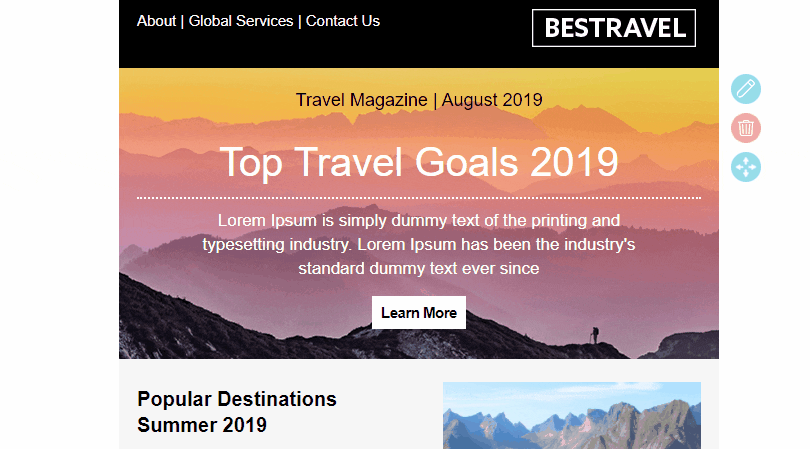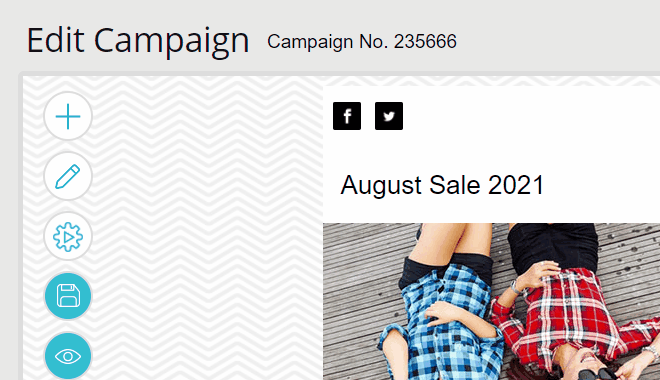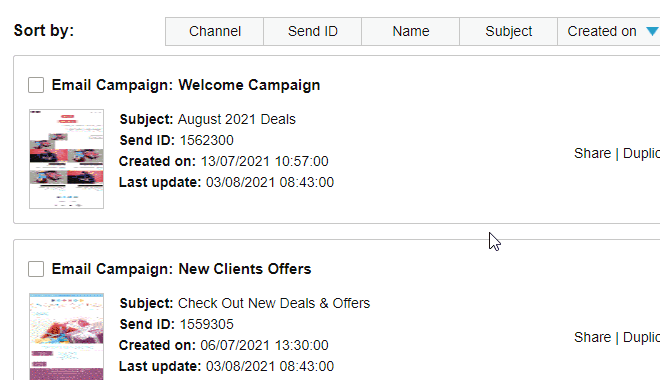8 Ways Bulk Email Attachments Would Upgrade Your Business
Let’s begin with the bottom line: using paper and post office for your business is just not legit anymore. Sending your customers documents, reports, and invoices through letters is not only outdated but also wasteful and inefficient – and the sooner you abandon this method, the better.
Whether your business is a service or a product, using a bulk email service will be the optimal way to go.
What is a bulk email attachment service?
Bulk attachment is a feature in the inwise system that allows sending directly to your contact’s inbox emails with individual attachments, such as invoices and personal documents.
Besides the fact that it’s cheaper, greener, and safer for your data – it will boost your service and leverage your user experience game in so many ways.
How exactly? Glad you asked. We listed eight ways that switching to a bulk email attachment service would improve your business:
1. No lost information
Remember the good old days of sending letters, not knowing when or if they would ever get to their destination? Well, you can wave goodbye to this tangle. Email bulk attachment service sends all invoices and documents directly to the contact’s inbox and tells if the contact has opened the email – so lost information is out of the equation.
2. Digital documentation
Your offices look like an archive at the local library, filled with folders of files? When you send bulk attachment mail, the paperwork can go out the window, or rather, for recycling.
All of your mail documentation is backed up in our system, so you can effortlessly go back to it anytime.
3. Accessibility and availability
When you send bulk attachment emails online, documents are easily found. All data is one click away from you, whether you need to find an invoice from last year or read the contract you sent to a major client.
4. Time saver
Save yourself the hassle of sending a mass amount of emails to dozens of customers, which can take up a lot of your time. At your fingertips, you can easily send email bulk attachments – thanks to the system’s capability to withdraw all documents at once and assign them per contact.
5. Money saver
Using paper equals wasting money, period. The equation is simple; papers, ink, envelopes, stamps, and post office services are expensive. Sending mass emails with individual attachments isn’t.
6. Simple document correction
Updating a document or correcting mistakes within it can be pretty exhausting when done with post office services. Spare all that back and forth correspondence with your customers, and instead, simply send bulk emails online with the needed files and get them back in no time.
7. Keeps your data safe
Worried about securing your customers’ data? We’ve got your back. Our system is highly safe and keeps all of the files preserved and protected, so you can send invoices, personal documents, and reports without concerns.
8. Green and innovative
Using bulk attachments, you can say goodbye to wasting paper and hello to green and eco-friendly use. Just think about the good you will do with the environment, alongside the innovative and positive image that would stick with your brand.
Eventually, in today’s innovative and tech-based world, adding an email bulk attachment feature to your email marketing system is the logical choice for your business. Sending mass emails with individual attachments will, without a doubt, change your business and improve it significantly.





